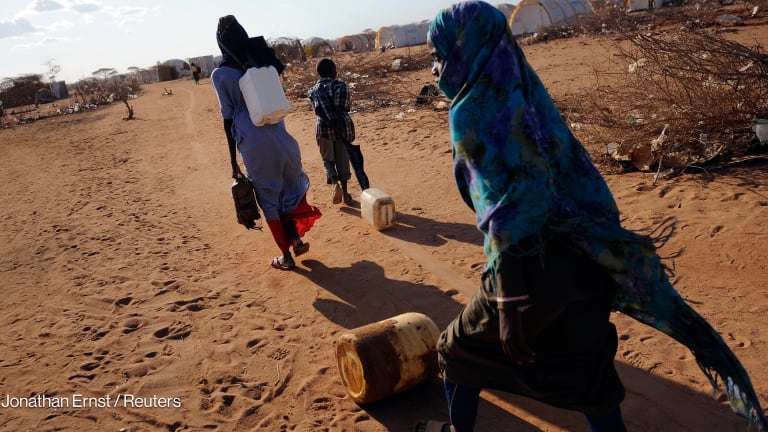
Only Madagascar and Malawi are on track to meet the Millennium Development Goal on reducing child mortality in sub-Saharan Africa.
This is according to the 2012 World Development Indicators released Thursday (April 19) by the World Bank, which can now be accessed via several platforms and languages. This year’s indicators include recently published data on poverty and access to improved water sources.
The 2012 WDI provides some “impressive gains,” specifically in the area of women’s health and education in the Middle East and North Africa. The indicators note that total fertility rates fell from 4.9 births per woman in 1990 to 2.7 in 2010. Women’s secondary enrolment rates increased from 46 percent to 69 percent. And women’s tertiary enrolment rates went from 9 percent in 1991 to 27 percent in 2009.
Not all of the data, however, report positive progress.
Only the region of Latin America and the Caribbean is on track to reduce child mortality by two-thirds come 2015. Also, the percentage of women in the Middle East and North Africa’s labor force is the lowest among all regions: 20 percent.
Other areas of concern include rapid urbanization in sub-Saharan Africa and excessive energy usage in high-income countries. WDI 2012 reveals high-income economies use more than 13 times as much energy as low-income economies.
Read more development aid news online, and subscribe to The Development Newswire to receive top international development headlines from the world’s leading donors, news sources and opinion leaders — emailed to you FREE every business day.








